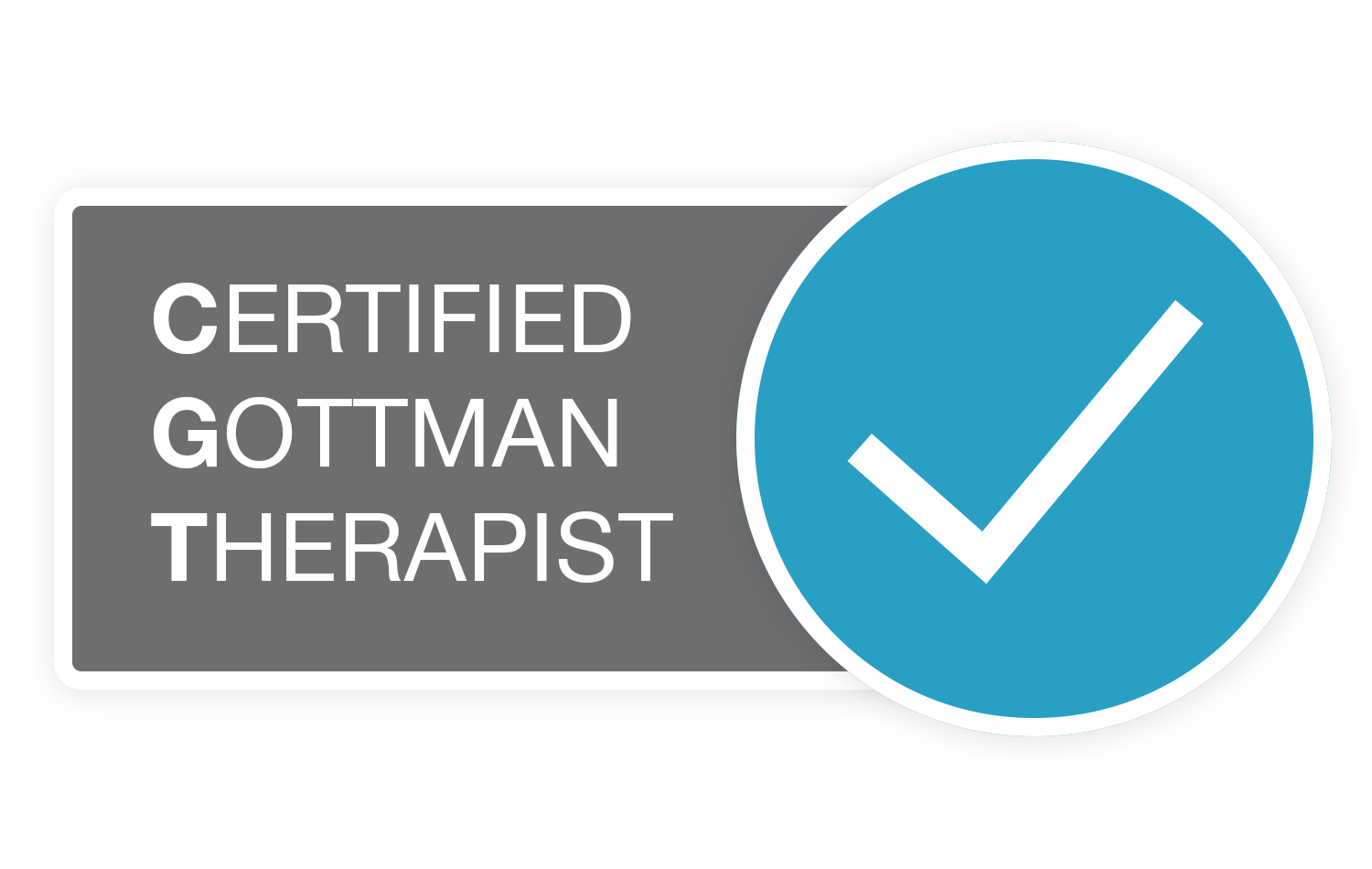
Although it’s been done before, the pandemic popularized working from home. The idea of doing work in your pajamas while cuddled up under your favorite blanket sounds fantastic. However, working from home is surprisingly harder than you think, and the isolation creates new problems that can affect your mental health. Here are five tips to ensure you’re staying on top of your health at home while still juggling work too:
What is a Work-Life Balance?
Whether you work from home or not, it’s essential to establish a work-life balance: a routine that keeps your professional life separate from your home life. Setting boundaries at work, sticking to a schedule, and using separate emails all count as ways to create a positive work-life balance. The ideas I want to share with you today also revolve around this essential part of healthy work.
1. Create a Separate Work Space
As lovely as doing work in bed sounds, doing work in bed every day gets depressing. You might not even associate your bed with comfortable sleep anymore! Creating a space to do work, even if it’s in the same room, is vital to take that first step from separating your work and your downtime.
Dedicated workspaces are most effective when they’re relatively distraction-free and convenient. To set up your “home office,” make sure you’ve set aside some square footage for working, but also grab anything else you may need: a printer, pens, pencils, charging cables, and some fun plants to liven up the space. Make sure your area is well-lit and you’re sitting comfortably.

2. Build Routines
Humans are creatures of habit, and that doesn’t change when it comes to working from home. Setting up a routine and daily schedule can get your brain into “work mode” much easier than forcing yourself to once you wake up every morning. Many people who work traditional office jobs set their work time to last from 9 am to 5 pm as they would at an office– their routines are similar to a standard office routine, minus the commute.
Sticking to your routine, even if it’s difficult at times, is also necessary to create that positive work-life balance. Once the clock hits 5, you’re done. No more thinking about work.
3. Don’t Forget to Eat
One of the biggest challenges when working from home is remembering to eat and take breaks. Some people don’t want to take breaks because they feel their break will last six hours and they won’t get anything done. Others just work and work and work and simply forget to take a break since there’s no alarm telling them it’s break time.
Set an alarm for when it’s time to eat lunch and take breaks. In the United States, workers scheduled for an eight-hour shift are entitled to a one-hour lunch break and two fifteen-minute breaks– this goes for remote workers too! Set a timer if you’re worried about taking a break that’s too long or not long enough. You can also prepare meals before work so you won’t have to spend time making food.
4. Leave the House!
This one seems pretty obvious, but going to work every day is an easy way to socialize with other people and spend time out of the house. Working from home can be an isolating experience since you aren’t obligated to go anywhere or talk to anyone outside of phone or Zoom calls. Extended periods of isolation can trigger feelings of depression and anxiety, and if your coworkers are also stuck at home, they probably feel the same way!
Setting aside time to meet with others (even if a discussion could be done via email) is essential to getting that face-to-face time at work. It’s also important to get out of the house when you can, even if it’s just for a short walk, to get a change of scenery.
5. Ask For Help When You Need It
Collaboration and asking for help are also great ways to socialize while working at home. Just because you’re out of the office doesn’t mean that you’re off the team– if you need help with a project, ask for assistance, so you don’t have to stress about it during your off hours.
Are you looking for some help handling your work and home life? Contact us today to schedule an appointment with one of our therapists in our downtown Chicago offices or via telehealth.




